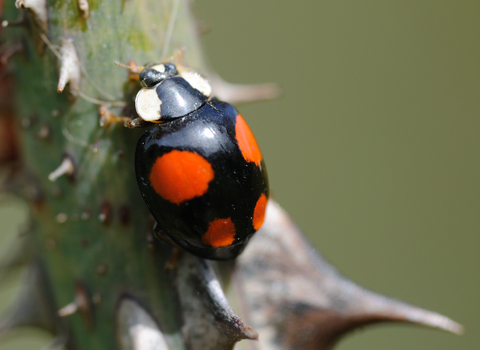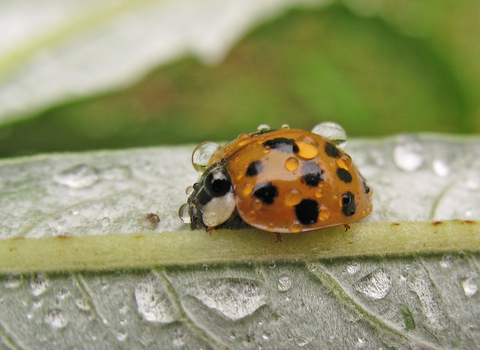
Harlequin Ladybird ©Amy Lewis

Harlequin Ladybird ©Rachel Scopes
Harlequin ladybird larva ©Tom Hibbert
Harlequin ladybird
A non-native species originating from Asia, the harlequin ladybird is prevalent in towns and gardens.

Harlequin Ladybird ©Amy Lewis

Harlequin Ladybird ©Rachel Scopes
Harlequin ladybird larva ©Tom Hibbert